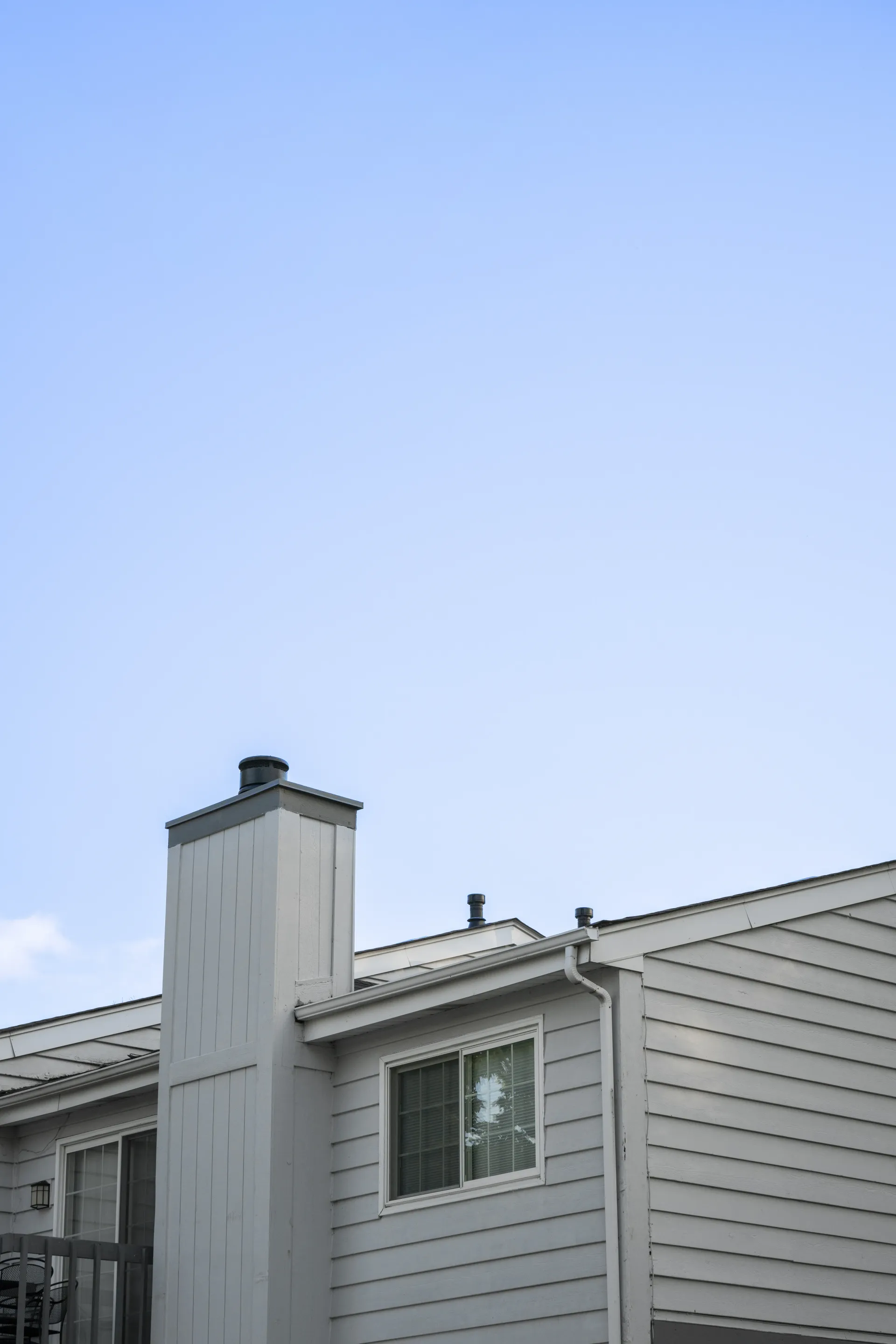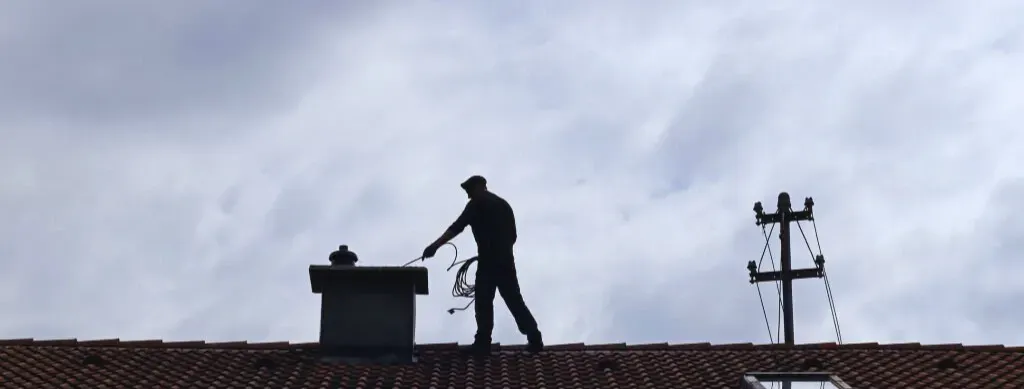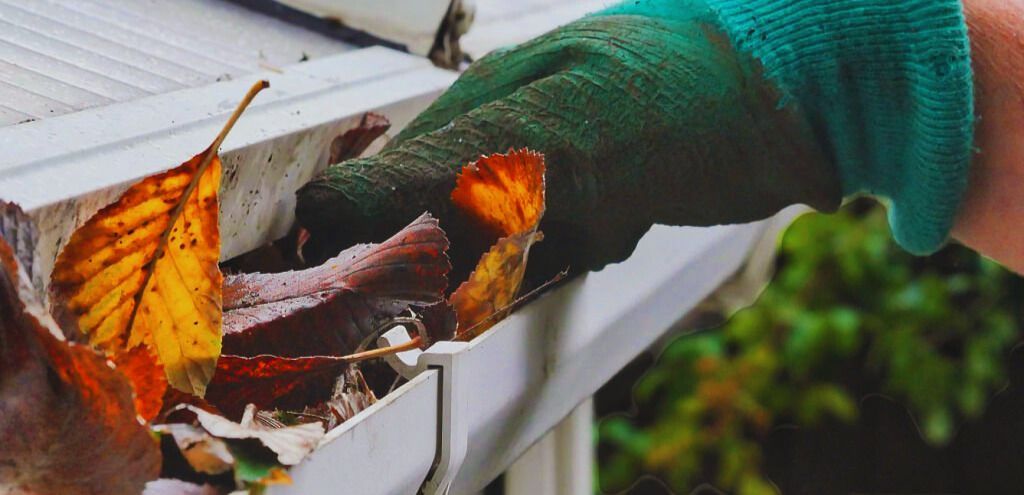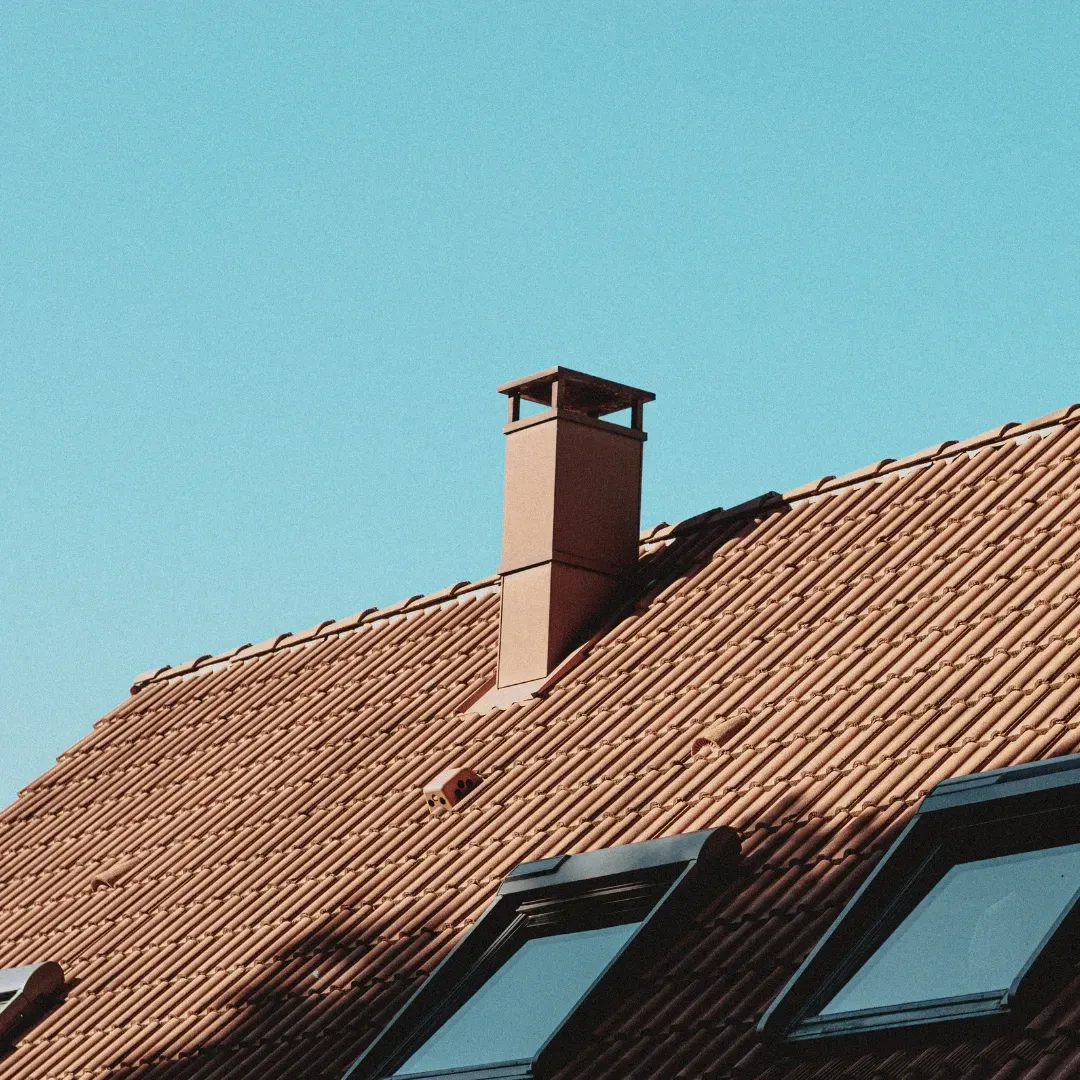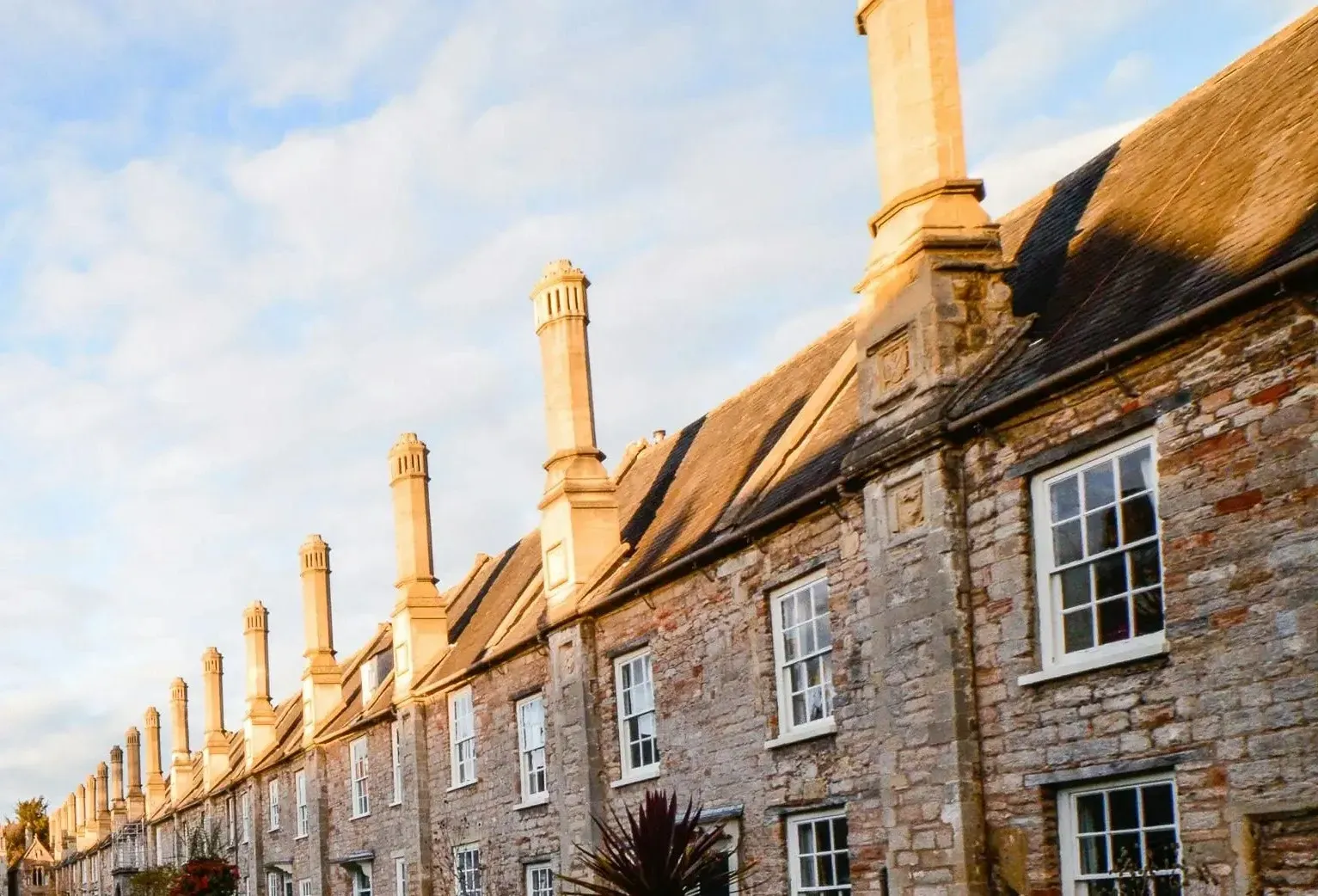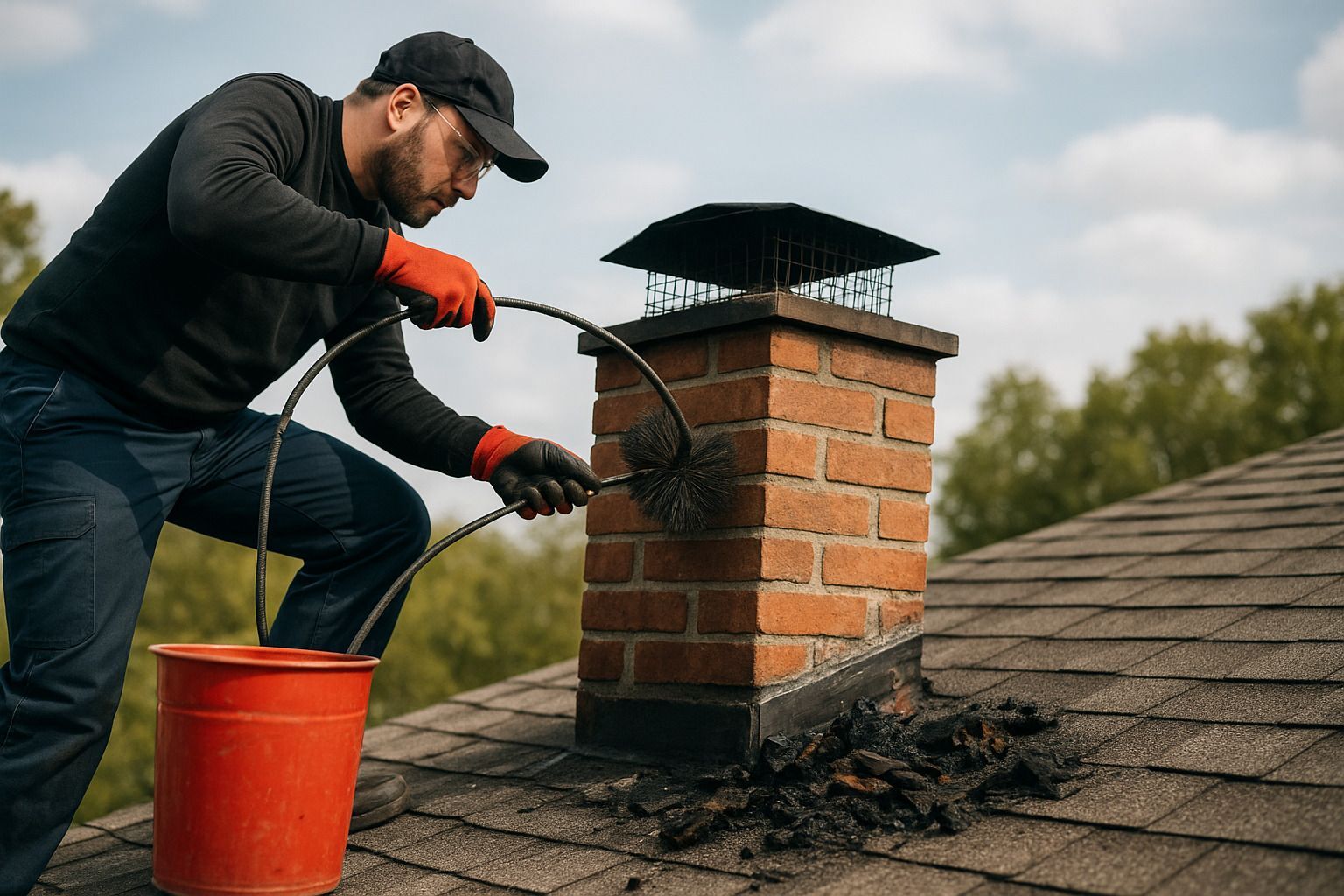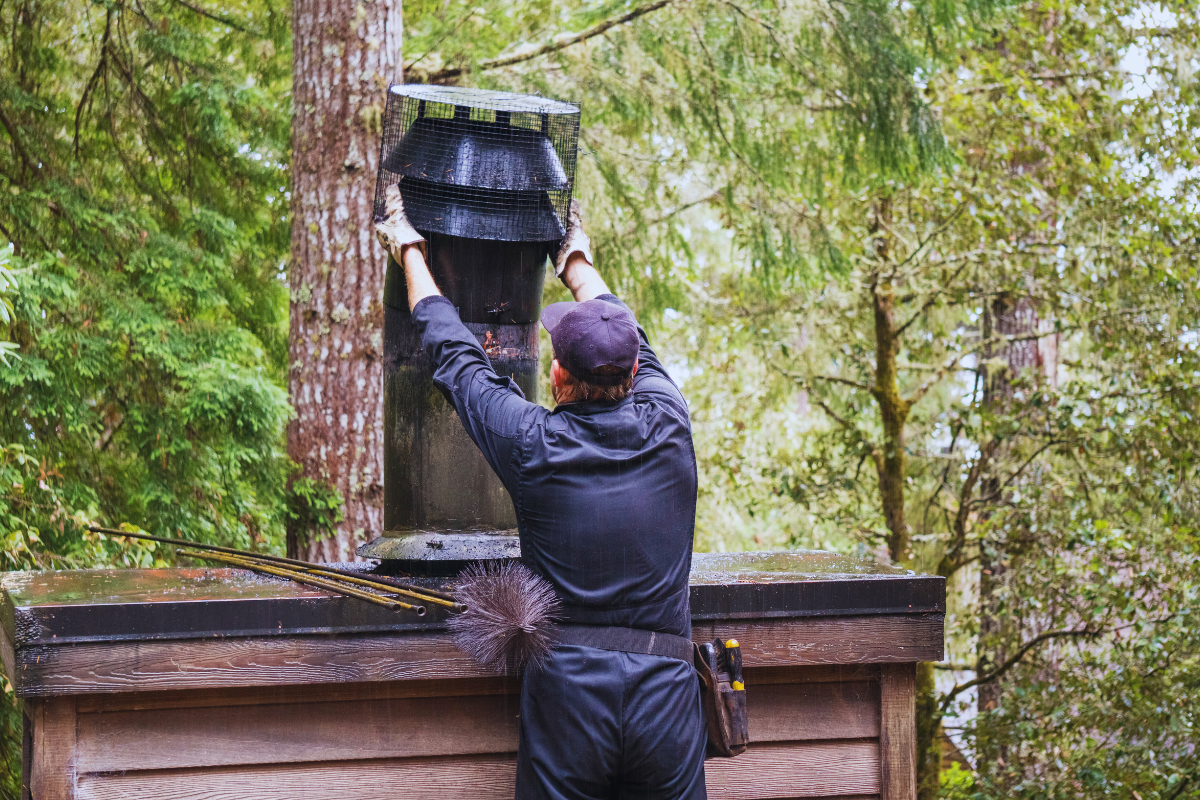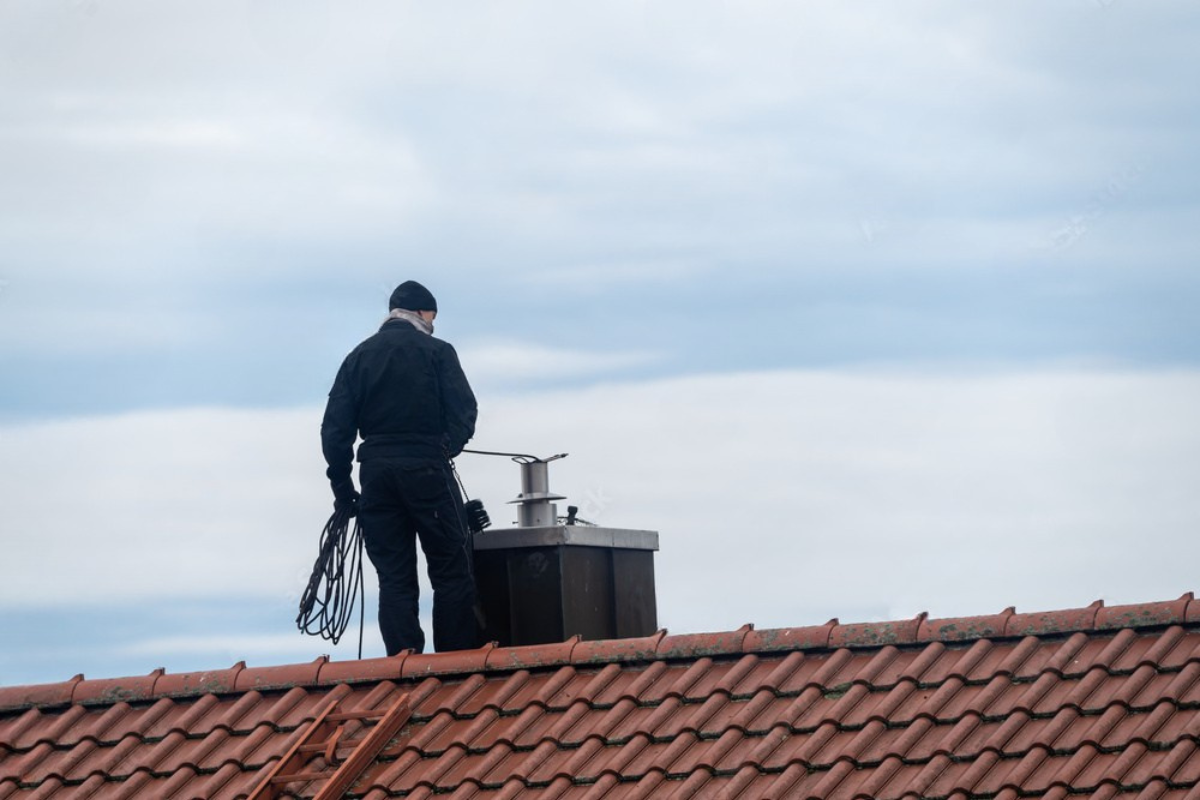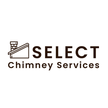Revive Your Chimney with Pro Tuckpointing Services
Your chimney is more than just a decorative feature — it's a structural pillar, a safety mechanism, and a hallmark of a well-maintained home. If the mortar between your bricks is crumbling or water leaks are seeping in, it may be time to revive your chimney with pro tuckpointing services.

Introduction to Tuckpointing
Tuckpointing is the surgical restoration of masonry mortar joints, and it's the key to extending the life of your chimney. It addresses not just surface beauty but core integrity. Done right, this process revives the strength, weatherproofing, and visual appeal of brick structures.
Professionals in chimney service often recommend tuckpointing once your chimney's mortar begins to deteriorate — typically every 20 to 30 years.
What is Chimney Tuckpointing?
Originating in 18th-century England, tuckpointing was originally a purely aesthetic trick to simulate expensive brickwork. Today, it's a crucial masonry repair technique. The process involves removing damaged mortar and precisely applying fresh, color-matched mortar lines, often completed with a thin line of contrasting putty for detail.
Why Chimneys Deteriorate Over Time
Mortar isn’t immortal. Wind, rain, ice, and heat all conspire to wear it down. Over time, joints crumble, and water sneaks into cracks, freezing and expanding — breaking the structure apart, bit by bit.
Exposure to acidic rain, shifting foundations, and even nesting birds can fast-track the breakdown.
Signs Your Chimney Needs Tuckpointing
Your chimney may be trying to tell you something. Look for:
- Crumbling or flaking mortar
- Loose bricks
- White powdery efflorescence
- Water stains inside your fireplace
- Leaning chimney structures
Ignoring these symptoms risks severe structural damage — even collapse.
The Science Behind Mortar Decay
Mortar is a breathable material made of lime, cement, sand, and water. With time and weather, the lime reacts with environmental elements and slowly breaks down. Professional tuckpointers analyze the original mortar's properties to match the composition and strength during restoration.
Benefits of Professional Tuckpointing Services
Professional tuckpointing isn’t just a facelift — it’s life support for your chimney. Here’s what it offers:
- Structural stability: Stops decay in its tracks.
- Waterproofing: Prevents mold, mildew, and freeze-thaw damage.
- Enhanced appearance: Makes old bricks look brand new.
- Extended lifespan: Adds decades to your chimney's service.
- Energy efficiency: Seals gaps that leak warm air.
A trusted chimney service provider brings specialized tools, knowledge of local weather impacts, and years of expertise to every job.
Risks of DIY Tuckpointing
Tuckpointing isn’t a Sunday afternoon project. DIY attempts often:
- Use incorrect mortar mixtures
- Apply poor joint techniques
- Cause irreversible aesthetic damage
- Miss deeper structural concerns
What seems like a simple patch job can quickly become a major masonry disaster — especially without proper scaffolding and experience.
How Pro Tuckpointing Differs from Basic Repair
While a handyman might repoint a joint, pro tuckpointers analyze the brick, choose the right mortar mix, and use fine tools to apply precise joint lines. They clean the surface, shape mortar to match the original profile, and perform detailed finishing.
Their work is meticulous and code-compliant.
Step-by-Step Chimney Tuckpointing Process
- Inspection – Assess the full structure.
- Mortar removal – Grinding out damaged joints.
- Joint cleaning – Clearing debris for strong adhesion.
- Mix preparation – Creating color-matched, strength-compatible mortar.
- Application – Inserting new mortar in stages.
- Curing and finishing – Moist-curing the joint for longevity.
Every step demands focus, finesse, and the proper tools.
Cost Factors in Chimney Tuckpointing
Prices vary widely, based on:
- Chimney height and size
- Mortar type and color matching
- Accessibility (roof pitch, height, scaffolding)
- Damage extent
Expect a range from $8 to $25 per square foot. Investing in proper care now prevents bigger repair bills later.
Choosing the Right Tuckpointing Expert
When hiring, look for:
- Verified experience and insurance
- Reviews and before-after photos
- Mortar analysis capabilities
- Upfront pricing and warranties
Don’t be afraid to contact the team at Select Chimney Services for a personalized quote and consultation.
Tuckpointing vs. Repointing vs. Brick Replacement
- Tuckpointing: Enhances both structure and appearance.
- Repointing: Restores only deteriorated mortar.
- Brick Replacement: Needed when bricks themselves are spalling or cracking.
Each method has its place depending on the chimney's condition.
Common Tuckpointing Materials Used
From old-school lime mortar to modern siloxane-sealed cement mixtures, professionals use materials compatible with the original structure. Color pigments may be added for seamless blending.
Avoid high-strength mortar on older bricks — it can cause more damage than good.
Eco-Friendly Tuckpointing Options
Sustainable practices in chimney restoration include:
- Using lime-based mortar for better breathability
- Recycling old bricks and mortar dust
- Avoiding chemical-heavy sealants
- Dust suppression during grinding
A green chimney is not only good for the earth but often better for your home’s long-term health.
The Role of Weather in Tuckpointing Timing
Avoid tuckpointing during extreme weather. Ideal conditions are dry, moderate temperatures (50°F–75°F). Cold can prevent curing; heat can dry mortar too quickly.
Spring and fall are the golden seasons for restoration work.
How Long Tuckpointing Lasts
With proper materials and technique, chimney tuckpointing can last 20–30 years or more. Regular inspections, cleanings, and sealing extend its life.
Water Damage and Chimney Structure
Water is mortar’s worst enemy. Once it penetrates, it freezes and expands, causing bricks to shift and crack. Post-tuckpointing, applying a breathable waterproof sealant is critical.
Before and After: Chimney Restoration Results
Before tuckpointing: Crumbling, discolored, unstable mortar.
After tuckpointing: Crisp, clean joints, sealed bricks, renewed strength.
Customer testimonials often mention energy savings, improved home value, and restored charm.
Protecting Your Chimney After Tuckpointing
Simple steps include:
- Annual inspections
- Chimney cap installation
- Flashing maintenance
- Waterproofing the crown and bricks
Prevention is cheaper than restoration.
Warranties and Guarantees in Tuckpointing Services
A reputable chimney service will offer warranties ranging from 5 to 15 years, depending on the materials and scope. Ask about:
- Craftsmanship guarantees
- Mortar matching assurance
- Post-service inspections
These build trust and ensure peace of mind.
Tuckpointing for Historical Homes
Historic homes require special care. Experts match antique brickwork and mortar using heritage techniques. This protects the property's integrity and complies with preservation regulations.
Avoid contractors unfamiliar with historical restoration — one mistake could cost a century of charm.
Local Building Codes and Permits
Some municipalities require permits for chimney work above a certain height or involving structural changes. Professionals understand zoning regulations, chimney height rules, and safety standards.
Check with your local authority before beginning work.
Fireplace Safety After Tuckpointing
Always have a post-repair safety inspection. Confirm:
- No mortar debris blocks the flue
- The chimney draft is unobstructed
- Flashings are sealed
This ensures smoke flows out — not into your home.
Year-Round Chimney Maintenance Tips
Keep your chimney pristine with:
- Biannual cleanings
- Annual inspections
- Chimney cap checks
- Gutter clearance to reduce moisture seepage
Maintenance extends the life of your tuckpointing and chimney alike.
How Tuckpointing Enhances Property Value
Real estate professionals consistently cite chimney condition as a major selling factor. A restored chimney boosts:
- Curb appeal
- Home appraisal value
- Inspection results
It also tells buyers that the property has been well cared for.
What Happens if You Delay Chimney Repairs?
Ignoring chimney issues causes:
- Interior water damage
- Structural collapse
- Increased heating bills
- Hazardous CO2 leaks
Fixing a $1,500 issue now can prevent a $10,000 reconstruction later.
Reviews: Real Experiences with Tuckpointing
Homeowners report satisfaction with:
- Enhanced aesthetics
- Reduced leaks and drafts
- Improved home inspection scores
A properly tuckpointed chimney is often described as “like new” and “unexpectedly transformative.”
The Evolution of Chimney Restoration Techniques
From hand-mixed lime putty to laser-guided grinders and breathable sealants, chimney restoration has come a long way. Today’s professionals blend old-world craftsmanship with modern tools.
This balance ensures durability without sacrificing authenticity.
Finding a Trusted Chimney Service
It pays to go local. A chimney service with regional experience understands:
- Local climate damage patterns
- Common structural issues
- Area-specific building codes
They’ll be there not just for one job, but for years of upkeep.
Scheduling Your First Chimney Inspection
Book your chimney inspection today to uncover early signs of damage and receive a detailed restoration plan. You can contact the team here for expert support and honest advice.
FAQs
How long does chimney tuckpointing take?
Most projects take 1–3 days, depending on chimney size and weather.
Is tuckpointing messy?
Professional teams use tarps, vacuums, and sealants to keep your home clean and safe during the process.
Can I live in my home during chimney repairs?
Yes, though some noise and dust are expected. It's best to avoid using the fireplace during and after repairs until inspected.
What’s the best season for chimney tuckpointing?
Spring and fall offer the best temperatures and humidity levels for mortar curing.
Will insurance cover chimney tuckpointing?
Typically, insurance doesn't cover wear and tear. However, if the damage is storm-related, you might qualify for partial reimbursement.
Can chimney tuckpointing fix water leaks?
Yes, when combined with flashing and crown repairs, tuckpointing effectively seals out moisture.
Conclusion
A deteriorating chimney is more than a cosmetic concern — it's a ticking time bomb of structural damage and safety risk. Thankfully, with pro tuckpointing services, you can restore beauty, function, and value to your chimney. Whether your home is modern or historic, this essential maintenance protects your investment and secures your comfort.
So don’t wait until bricks begin to fall. Schedule your inspection with a trusted chimney service today and bring new life to your chimney.
Link Suggestions:
- Chimney Service → https://www.selectchimneyservices.com/
- Contact → https://www.selectchimneyservices.com/contact
